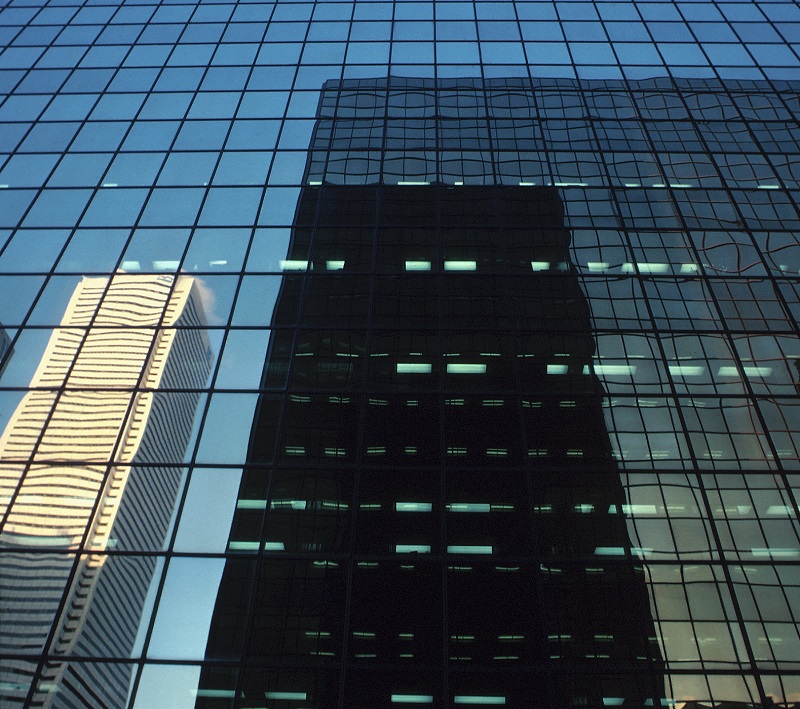Making commercial property more efficient

|
Contents |
[edit] Increase net lettable space
There is a direct correlation between the amount of space and the revenue it delivers. But this only applies to usable space, so take time to review your space and consider how you could improve or reapportion it. Pay particular consideration to shared areas which do not deliver a direct income and identify whether, though providing a mezzanine floor or skylight, you can create additional lettable space.
[edit] Consider change of use
Changes in policy have made change of use from commercial to residential use (and others) more simple to achieve, in many cases without the need for planning consent. Depending on the market, a change of use can substantially increase your returns. If you are struggling to attract commercial tenants, consult a property expert and consider the alternatives.
[edit] Lease spaces
Consider whether currently under-utilised spaces have the potential to be used by other organisations: a meeting room or car parking spaces can have wide appeal; likewise, attractive outside spaces. With some creative thought and marketing, more unusual spaces could have substantial appeal.
[edit] Adjust to decrease operating expenses
Review outgoings for the past year and minimise them. If you do not already have energy meters for each tenant, consider how, for a minimal cost, you can pass the cost of energy use onto tenants when leases are renewed.
Analyse expenses on a per unit / cost-per-square-foot-basis and compare them with other similar properties, then aim to re-negotiate costs with suppliers. In some cases, it may be beneficial to negotiate longer-term contracts at more favourable rates.
[edit] Maintenance
Deferring maintenance will only save money in the short term. Unplanned repairs, due to a lack of maintenance, will ultimately cost more.
Planned preventative maintenance (PPM) is a strategic approach based on a detailed understanding of a building’s lifecycle. PPM can substantially reduce large unexpected costs, emergency call-out charges and downtime during repair work and ensure that a building is maintained to a high standard, and therefore a high value.
[edit] Rental levels
Do you have a comprehensive understanding of equivalent market rentals? If not, the likelihood is that your tenants are overdue an increase at their next rent review. If your rents are low but realistic, consider whether changes in the local market provide the opportunity for you to modernise your facilities and increase rent levels.
Bear in mind that substantially increased rents could lead to you losing tenants. In a buoyant market, this could lead to a higher calibre, more credit-worthy tenant, but if handled wrongly (or combined with unfavourable economic circumstances) you could inadvertently decrease your occupancy rate.
[edit] Review agents
Is your letting agent performing satisfactorily? A change, as well as resulting in direct savings, can provide fresh ideas, leading to efficiencies elsewhere.
Similarly, check the management company is providing the service expected from them. Poor facilities management may result in tenants defaulting on their service charges, so tackle any issues before they become a serious problem.
[edit] Find new tenants
If your building is under-occupied, give some creative thought to (or seek advice on) how to find tenants. You could incentivise new tenants (perhaps with a discounted first month rental rate, a low deposit or a short-term lease) or incentivise existing tenants to refer new tenants. The latter may benefit occupier synergy, resulting in tenants remaining for longer.
[edit] Energy efficiency
[edit] Heating and air conditioning:
- Upgrade boilers to more efficient models.
- Insulate hot-water cylinders.
- Reduce thermostat deadbands to prevent heating and cooling working simultaneously.
- Introduce individual room thermostats or thermostatic radiator valves.
- Instal heat-recovery units to allow for the transfer of thermal energy.
- Use high-performance mechanical systems.
[edit] Thermal elements:
- Upgrade insulation to roofs, floors and cavity walls.
- Retrofit external insulation / cladding to solid wall construction.
- Address draughts.
[edit] Lighting
- Change to LED or compact fluorescent lamp (CFL) technology.
- Maximise the use of daylight, where necessary combined with passive solar shading, to reduce the need for air conditioning.
- Use dimming lighting controls and PIR systems to allow lighting levels to be adjusted in relation to external daylight.
[edit] Other strategies
- Replace single-glazed windows with double- or triple-glazed.
- Introduce motion sensors and adjust timings on existing sensors.
- Introduce solar panels (both photovoltaic and solar thermal), biomass boilers, and air- or ground-source heat pumps.
- Measure and monitor data on energy savings and indoor air quality and evaluate its effectiveness.
Ensuring high levels of energy efficiency is not only a legal requirement, but satisfies a number of other objectives, including tenant satisfaction, and is one of the many ways in which landlords can make their buildings more lucrative.
[edit] About this article
This article was written by Trident Building Consultancy and uploaded in January 2020.
[edit] Related articles on Designing Buildings Wiki
- Building services maintenance contractors’ role in reducing carbon emissions.
- Facilities management.
- Handover to client.
- In-house or outsource maintenance.
- Initial aftercare.
- Maintenance and operational strategy.
- Performance in use.
- Planned preventive maintenance.
- Proactive maintenance.
- Reliability centred maintenance.
- Repair and maintenance contract.
- Scheduled maintenance.
- Soft landings and business-focused maintenance.
- Unplanned maintenance.
Featured articles and news
The UK's Modern Industrial Strategy: A 10 year plan
Previous consultation criticism, current key elements and general support with some persisting reservations.
Building Safety Regulator reforms
New roles, new staff and a new fast track service pave the way for a single construction regulator.
Architectural Technologist CPDs and Communications
CIAT CPD… and how you can do it!
Cooling centres and cool spaces
Managing extreme heat in cities by directing the public to places for heat stress relief and water sources.
Winter gardens: A brief history and warm variations
Extending the season with glass in different forms and terms.
Restoring Great Yarmouth's Winter Gardens
Transforming one of the least sustainable constructions imaginable.
Construction Skills Mission Board launch sector drive
Newly formed government and industry collaboration set strategy for recruiting an additional 100,000 construction workers a year.
New Architects Code comes into effect in September 2025
ARB Architects Code of Conduct and Practice available with ongoing consultation regarding guidance.
Welsh Skills Body (Medr) launches ambitious plan
The new skills body brings together funding and regulation of tertiary education and research for the devolved nation.
Paul Gandy FCIOB announced as next CIOB President
Former Tilbury Douglas CEO takes helm.
UK Infrastructure: A 10 Year Strategy. In brief with reactions
With the National Infrastructure and Service Transformation Authority (NISTA).
Ebenezer Howard: inventor of the garden city. Book review.
The Grenfell Tower fire, eight years on
A time to pause and reflect as Dubai tower block fire reported just before anniversary.
Airtightness Topic Guide BSRIA TG 27/2025
Explaining the basics of airtightness, what it is, why it's important, when it's required and how it's carried out.
Construction contract awards hit lowest point of 2025
Plummeting for second consecutive month, intensifying concerns for housing and infrastructure goals.
Understanding Mental Health in the Built Environment 2025
Examining the state of mental health in construction, shedding light on levels of stress, anxiety and depression.






















